Mastering OpenCV 3. Get hands-on with practical Computer Vision using OpenCV 3 - Second Edition Shervin Emami, David Millán Escrivá, Daniel Lelis Baggio, Roy Shilkrot, Eugene Khvedchenia, Jason Saragih
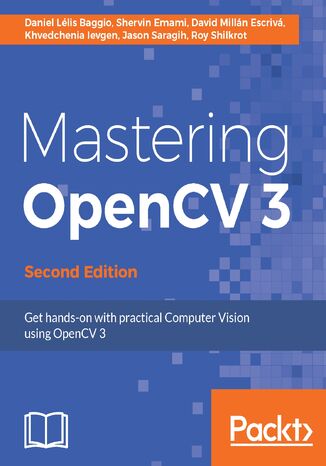



- Autorzy:
- Shervin Emami, David Millán Escrivá, Daniel Lelis Baggio, Roy Shilkrot, Eugene Khvedchenia, Jason Saragih
- Wydawnictwo:
- Packt Publishing
- Ocena:
- Stron:
- 250
- Dostępne formaty:
-
PDFePubMobi
Opis
książki
:
Mastering OpenCV 3. Get hands-on with practical Computer Vision using OpenCV 3 - Second Edition
This book will put you straight to work in creating powerful and unique computer vision applications. Each chapter is structured around a central project and deep dives into an important aspect of OpenCV such as facial recognition, image target tracking, making augmented reality applications, the 3D visualization framework, and machine learning. You’ll learn how to make AI that can remember and use neural networks to help your applications learn.
By the end of the book, you will have created various working prototypes with the projects in the book and will be well versed with the new features of OpenCV3.
Wybrane bestsellery
Shervin Emami, David Millán Escrivá, Daniel Lelis Baggio, Roy Shilkrot, Eugene Khvedchenia, Jason Saragih - pozostałe książki
Packt Publishing - inne książki
Dzięki opcji "Druk na żądanie" do sprzedaży wracają tytuły Grupy Helion, które cieszyły sie dużym zainteresowaniem, a których nakład został wyprzedany.
Dla naszych Czytelników wydrukowaliśmy dodatkową pulę egzemplarzy w technice druku cyfrowego.
Co powinieneś wiedzieć o usłudze "Druk na żądanie":
- usługa obejmuje tylko widoczną poniżej listę tytułów, którą na bieżąco aktualizujemy;
- cena książki może być wyższa od początkowej ceny detalicznej, co jest spowodowane kosztami druku cyfrowego (wyższymi niż koszty tradycyjnego druku offsetowego). Obowiązująca cena jest zawsze podawana na stronie WWW książki;
- zawartość książki wraz z dodatkami (płyta CD, DVD) odpowiada jej pierwotnemu wydaniu i jest w pełni komplementarna;
- usługa nie obejmuje książek w kolorze.
Masz pytanie o konkretny tytuł? Napisz do nas: sklep@helion.pl
Książka drukowana




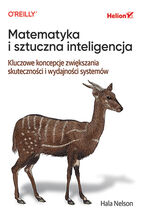
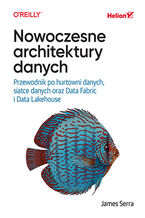

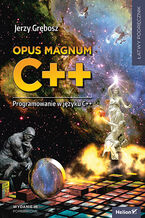
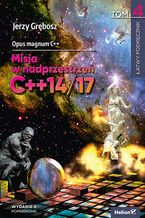
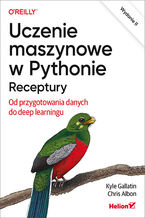
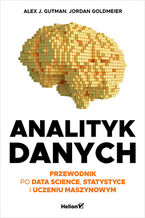
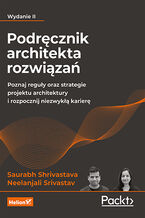

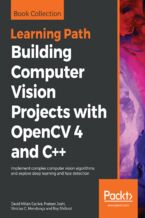



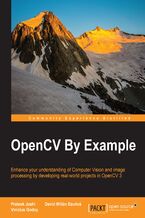
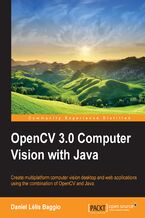
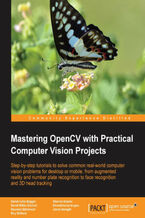






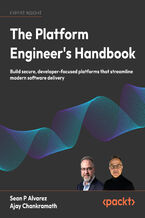

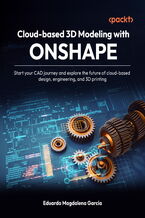
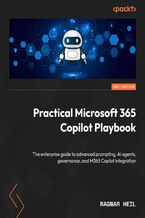
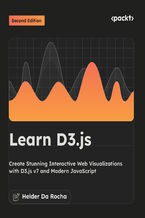
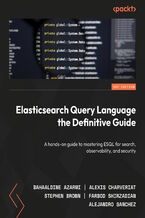
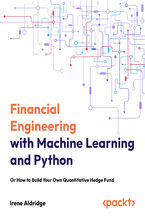





Oceny i opinie klientów: Mastering OpenCV 3. Get hands-on with practical Computer Vision using OpenCV 3 - Second Edition Shervin Emami, David Millán Escrivá, Daniel Lelis Baggio, Roy Shilkrot, Eugene Khvedchenia, Jason Saragih
(0)